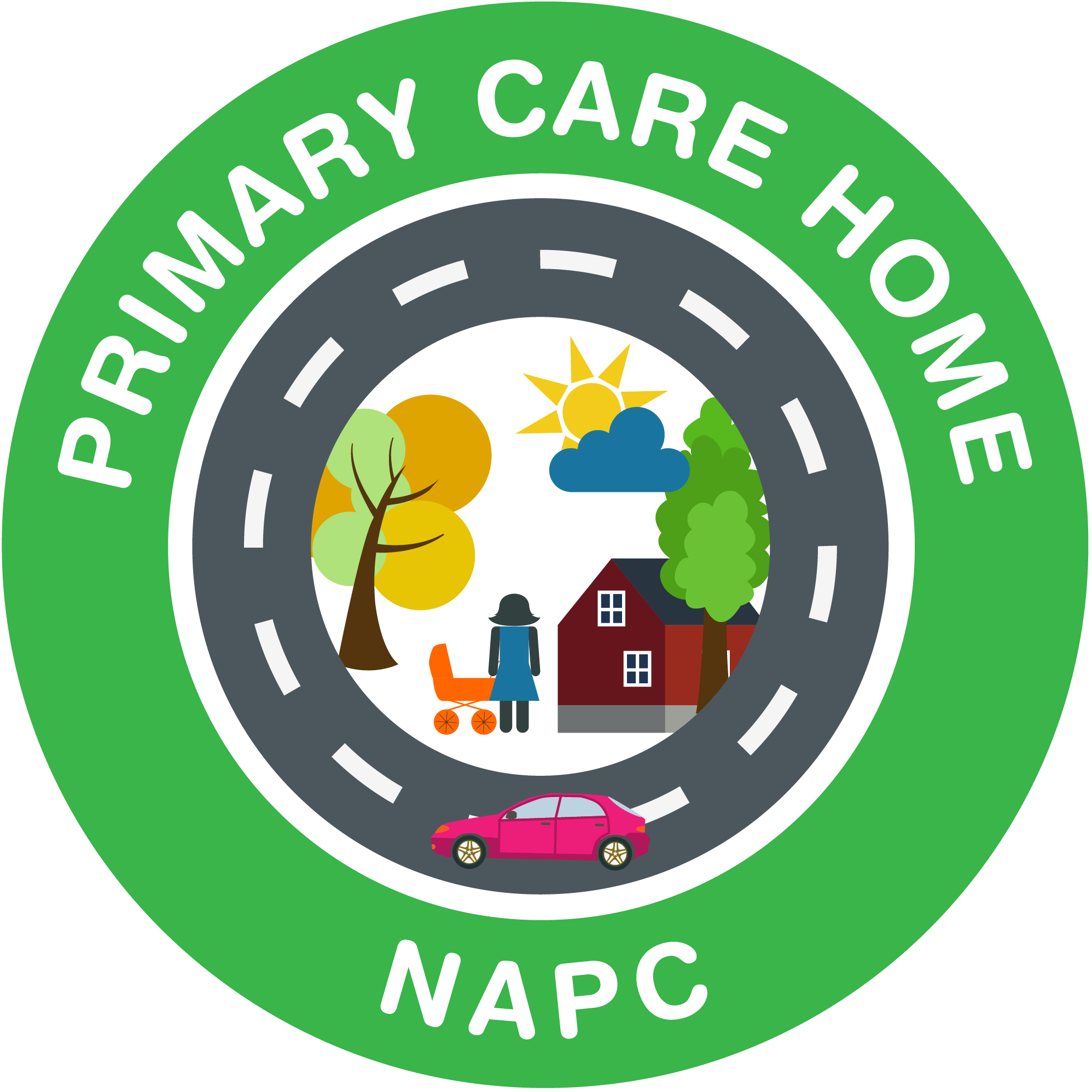
The primary care home (PCH) programme has been attracting considerable interest and enthusiasm since it was launched by the National Association of Primary Care (NAPC) at its annual conference in October 2015.
Selected in December 2015, 14 rapid test sites (RTS) have been implementing this new enhanced approach to primary care across England. They are not vanguards but are part of the new care models programme and consistent with the ambitions of the Five Year Forward View.
As a result of the early successes within the RTS, the NAPC was asked to expand the programme, which has now more than 190 sites across England. They have formed a learning network called the 'community of practice'. This network is testing the delivery of the wide-ranging components of a PCH. Over 8 million people in England, 14 per cent of the population are now starting to benefit from this new care model.
The programme, which is supported by NHS England, strengthens and redesigns first contact, primary care, around the health and social care needs of local communities of between 30,000 to 50,000 people. ‘A complete care community’ provides care to this registered population. Patients are served by a single integrated and multidisciplinary team, including primary, secondary, community, social and voluntary sector carers. Whilst patients are provided with personalised, coordinated and responsive care nearer to their home, the needs of the registered population are also better analysed to inform early detection, prevention and improved health screening.
The rapid test sites have been working on issues such as managing delegated budgets and using NHS resources more efficiently, workforce development, improving demand management and changing patient flows, improving access and preparing for the different ways of managing patients’ health and care needs.
This is a ten-year programme and already some good news is filtering out of the first PCHs with improvement in the recruitment and retention of staff and some health professionals returning to service. A national evaluation has been carried out by the Nuffield Trust to give an early analysis of the benefits of PHC delivery and the improved experience of the people using this service.
The enthusiasm for the primary care home concept is so positive consideration is being given to how many people in England might eventually benefit from this model. Clearly, the community of practice is only the end of the beginning.
The key features of the primary care home are:
A combined focus on personalisation of care with improvements in population health outcomes.
An integrated workforce, with a strong focus on partnerships spanning primary, secondary, social care and the third sector
Aligned clinical and financial drivers through a unified, capitated budget with appropriate shared risks and rewards
Provision of care to a defined, registered population of betwen 30,000 and 50,000
What people are saying about PCH:
“If you land this - I am deferring my retirement” General Practitioner - Newcastle
“If we are able to do this, I am returning to practice” General Practitioner - Nottingham
“You know…I read this and it made me feel young again” Practice Manager - Liverpool
“I’ve lived in the same house for 50 years. Being able to access one of these would make me move” Chair - National Patient Representative Body
“It’s the first time, in a long time, that I’ve really felt valued” District nurse – Rapid Test Site
The founding principles of a PCH – the quintessential quintet
Enhancing person-centred care. Focusing care on the needs of the person rather than the needs of the service and ensuring shared decision-making and self-care is inherent in the delivery of care to an individual.
Enriching the experience of an individual in a care system with heightened satisfaction particularly in relation to good access and short waiting times.
Improving population health through registered lists of people, thereby gaining a better understanding of the local need of that population. Screening, early detection and prevention of disease becomes a defining principle of care provision. Reducing costs and strengthening the deployment of care resources by an alignment between care decision-making and the financial consequences. This means that the care teams that do the work take responsibility for a whole population budget for that registered community.
Improving the working life of the health, social and managerial professionals delivering the care, with better workforce planning and team development.
For further information please visit http://napc.co.uk/primary-care-home/ or email: [email protected]

